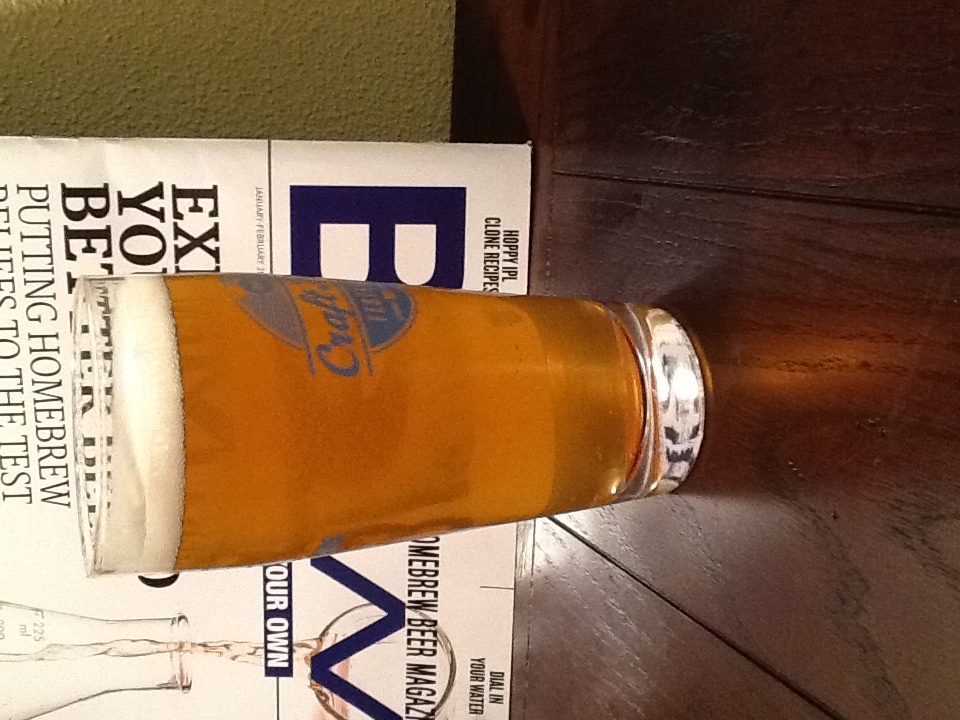I guess it is pretty easy to be offensive on the internet.
There are some extremely good IPAs here. Zombie Dust (and others by 3F) obviously, and of course Founders and Bells. But there's a lot more going on, and I don't think it'll be long before folks are talking about the "big famous ones" here. Revolution's flagship Anti-Hero is fantastic, and it headlines several other excellent options. Spiteful's Selfies are for Wieners blows me away (seriously that good), and Half-Acre has some great options by all accounts (I've only had a couple of their's, and they weren't their best). Domaine Dupage's Wobble is very good, and rates very well. Tallgrass is not my favorite of the above, but it doesn't stop me from buying 8-Bit on occasion, and I know it has a loyal fan base. If you haven't had some of these, then let me be the first to tell you - you have bright days ahead, my friend.
I think you make a very good point, and I think what many people are missing is that these "premium" brewers that everyone is glowing about are mostly very VERY small brewers with very limited production. I think it is much more difficult to brew that premium product on a huge scale. Also, aren't a lot of these brews only available on site by the glass or growler fills? Maybe bottling or canning has some impact? You want to find a local beer that rivals those made by HF, Treehouse, Alchemist, Russian River, etc.? Don't look at all the big, popular brewers in your area. Start visiting all the smaller brewers. Just because they haven't been discovered YET doesn't mean they're not brewing amazing beer.
Oh, and since you were naming Midwest brewers, don't forget Toppling Goliath. I'm hoping to get to visit them during my Christmas trip to Iowa.




























![Craft A Brew - Safale S-04 Dry Yeast - Fermentis - English Ale Dry Yeast - For English and American Ales and Hard Apple Ciders - Ingredients for Home Brewing - Beer Making Supplies - [1 Pack]](https://m.media-amazon.com/images/I/41fVGNh6JfL._SL500_.jpg)































 :fro:
:fro: